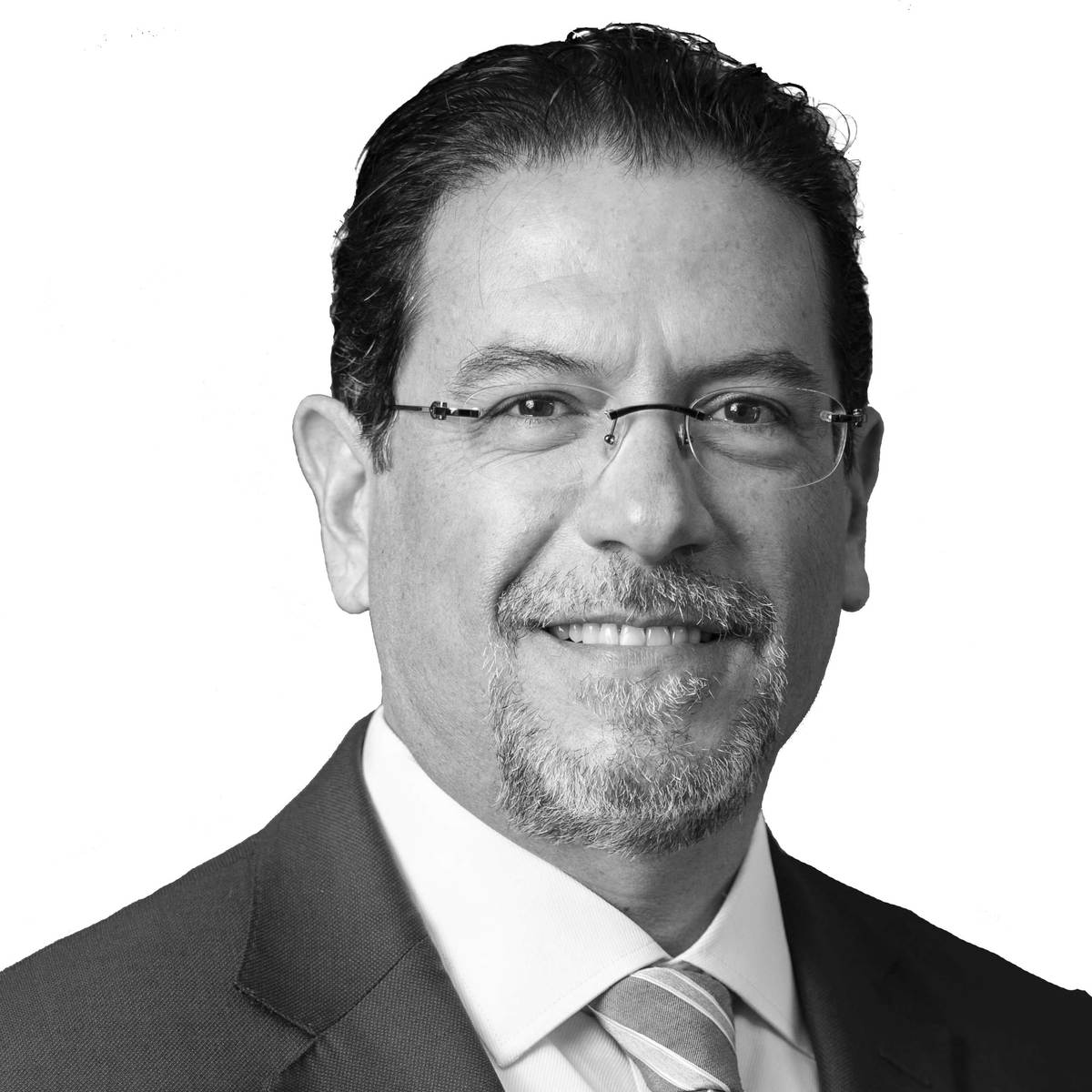Railways have made it possible to transport products from their origin, ports or manufacturing centers to cities. Promote social development and commerce, reduce transportation costs, and offer lower prices to the end customer. The history of the railroad in Mexico began in 1837 with the construction of a railroad from Veracruz to present-day Mexico City. By 1910, the country had more than 20,000 km of railways. Currently, a total of 23,389 km of tracks are in operation, according to the Regulatory Agency for Rail Transport (ARTF).
The possibility of transporting goods by rail is very attractive because only 13 per cent of the total freight is transported by rail, while 57 per cent is by road, another 30 per cent by sea and 0.1 per cent by air, according to basic statistics. Federal Motor Transport Report of the Ministry of Infrastructure, Communications and Transportation (SICT).
The trend of eliminating the carbon footprint of industries is one that new rail technologies are also contemplating. Sustainability is integrated as an important factor for the future, and a shift from diesel to environmentally friendly fuels such as liquefied natural gas (LNG), electricity and hydrogen is thinking of a medium term. In addition, through the use of high quality materials to increase the useful life of trains and reduce the production of scrap, through a circular economic approach to waste recycling, it becomes a raw material again.
We can see that the use of these modes of transport is being promoted around the world, and the European Parliament has decided that 2021 will be the European Year of Rail, a decision related to promoting clean transport. But if we go a little further, China, one of the world’s great powers, plans to increase the size of its high-speed network to 70,000 km by 2035.
In 2021, Mexico remained the first trading partner of the northern neighborhood, with a share of 14.5 percent, according to the United States Census Bureau, however, Canada is very close to maintaining this position. With the merger of the Canadian National Railways and Kansas City Southern, TMEC’s three partner countries, Mexico, the United States, and Canada, have formed a railway network of more than 42,000 km. Encourages investment in new kilometers, as well as maintenance of existing ones.
Now is the time for us as a nation to be competitive and find solutions aimed at strengthening the local economy, promoting social development and improving the living standards of the residents. An opportunity to ensure this well-being for future generations is to build new quality rail infrastructure and upgrade existing ones, which will continue to be the most efficient and least polluting option in the years to come.
*Humberto Armenta
Chairman of the Board of Directors of RECSA

Problem solver. Incurable bacon specialist. Falls down a lot. Coffee maven. Communicator.



